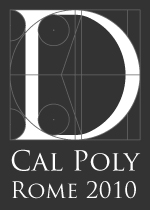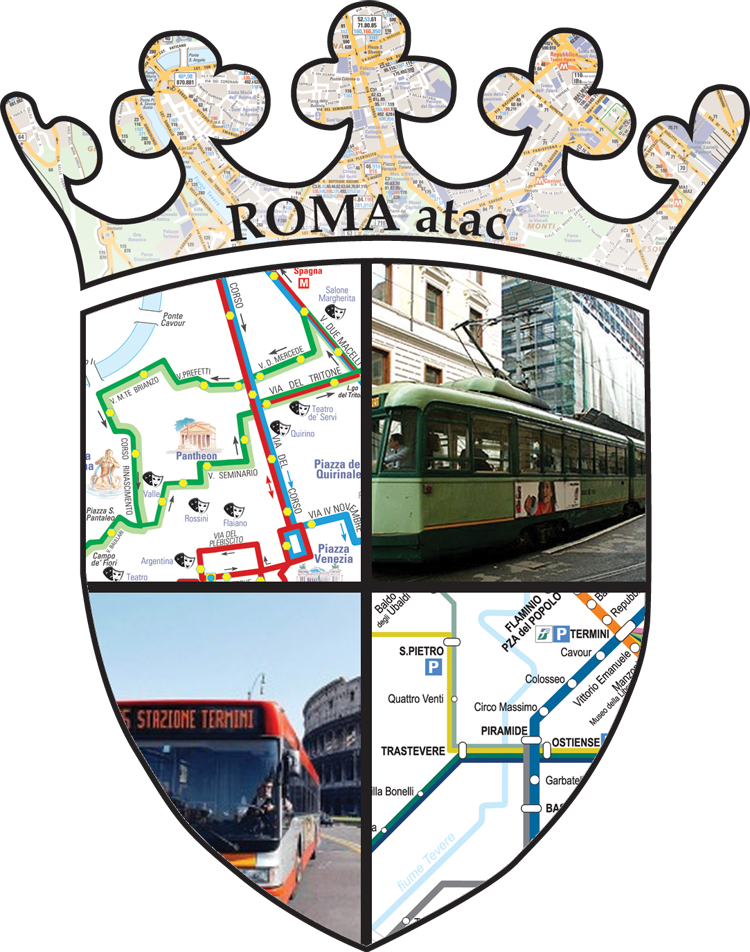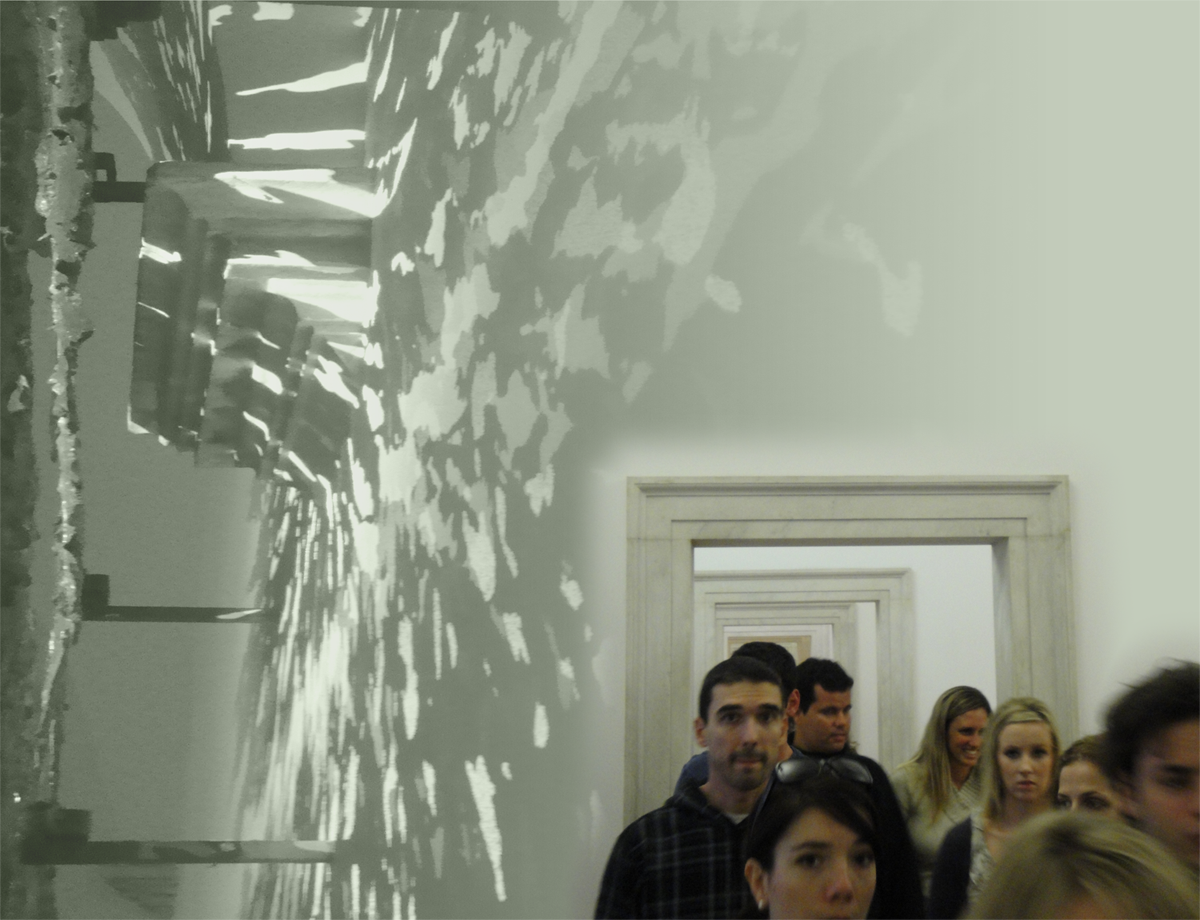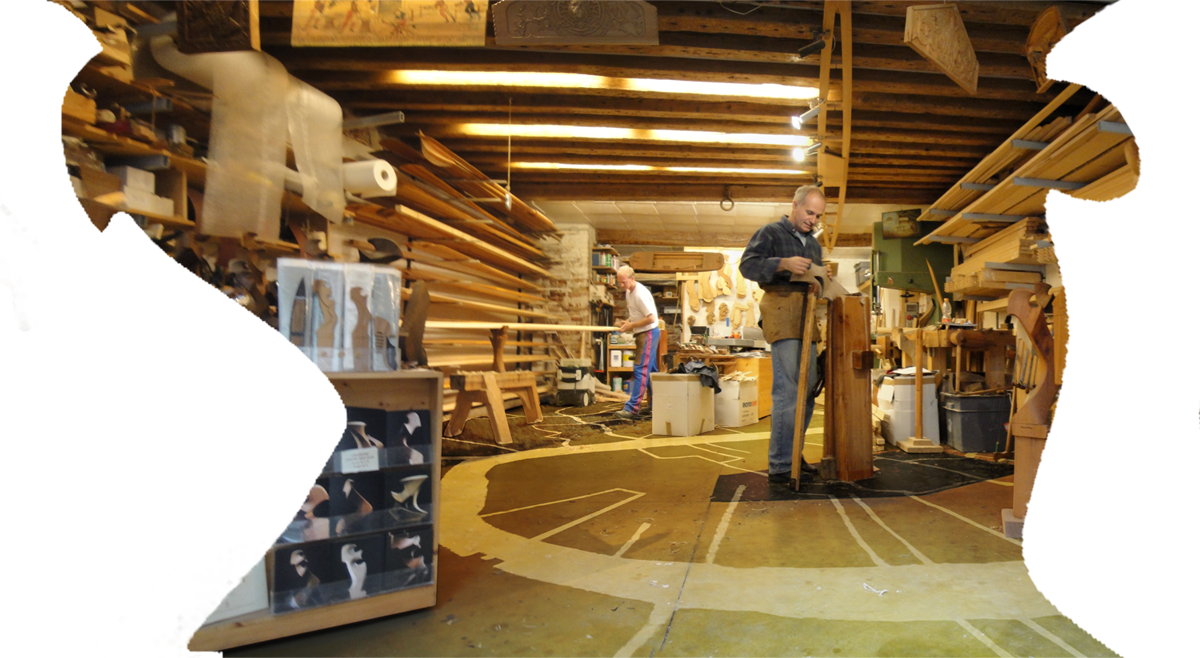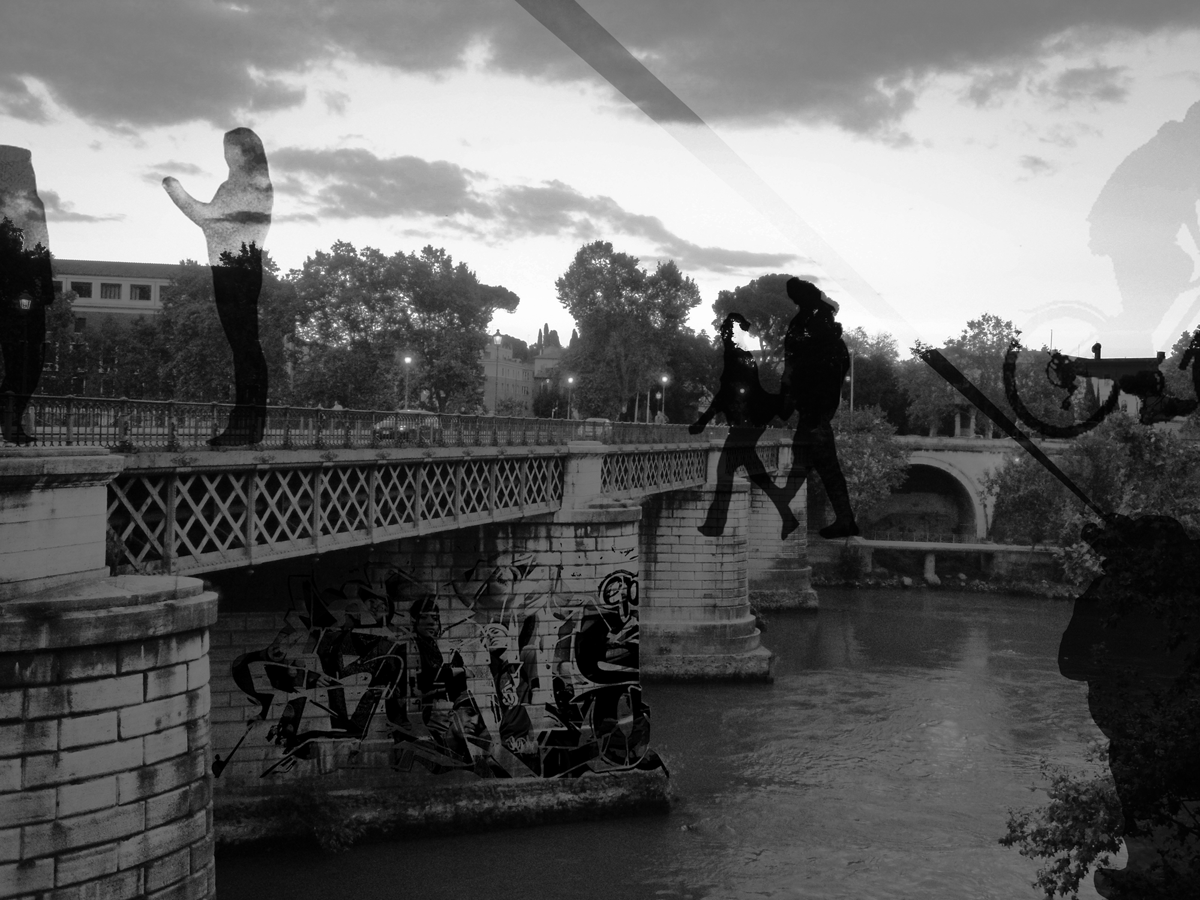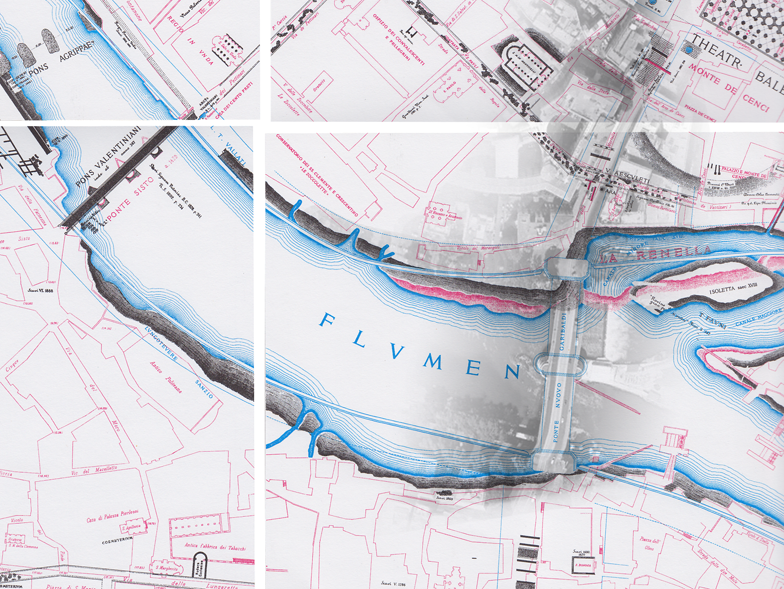During my past fifteen weeks in Italy, I’ve stumbled with many things. Understanding where I am and how I get to get places. When reaching my destination and exploring its surroundings, I’ve stumbled to determine styles of architecture, the periods of a buildings’ construction and who the architect may be. It’s been a challenging and difficult fifteen weeks, but it has offered chances to explore and experience places I’ve never visited before and to think differently than I’ve ever done before.
During my explorations, again I’ve stumbled. I’ve stumbled on cobblestone paved roads that are different to what I’m familiar with walking on. The uneven and obstacle-filled roads that consistently halt my walking pace force me to stop and think. I observe the cobblestone wear patterns, from vehicles and scooters that have challenged their longevity and where only rubber-soled shoes (and high heels) tread. I’ve seen areas where the ancient cobblestones meet asphalt and I again it sparks my interest and curiosity. I see areas preserved and see where new components have emerged, but try to keep their identity quiet. I’ve even seen areas of construction, exposing the unknown underground of Italy’s complicated plumbing and also a different side of the cobblestones. I study their shape and realize they’re longer than their surface shows. Later, I witness workers reconstruct the roads and use only sand for adhesion, permanently paving the way for years to come.

various grounds of Italy
The way I’ve observed Italy’s cobblestone grounds is merely one example of how my outlook on architecture has changed in the last fifteen weeks. The way one simple element repeated within a city offers many different stories waiting to be heard. Of the many cities, buildings, walls and materials I’ve experienced throughout Italy, I’ve realized offer much more than what’s understood at first glance and thought. It will be interesting to see what awaits me back home that I have observed time and time again.
Just 15 days ago…

Tiber at Ponte Garibaldi on Thursday, November 18th
On Friday, December 3rd.
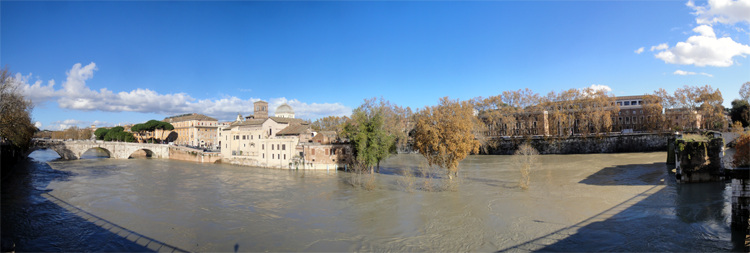
From Ponte Palatino of Isola Tiberina

Stazione di Milano Centrale

sole - nebbia - neve

Lago di Como, Gravedona
Next three are in Stazzona and higher up.



As I have discovered during my stay and as I have been informed in a recent presentation, Rome’s transportation system is a very efficiently performing aspect of the city. It offers various types of transportation (tram, train, bus metro) depending on the distance a traveler is planning to go. Furthermore, the forms of transportation provide an abundance of pickup/drop-off points throughout the city, which helps minimizing the hassle of public transportation. Rome’s public transportation website proves just as helpful as the transportation system itself. The site provides easily accessible information to get from one destination to another, or simply, all the routes within a particular area.
The success and efficiency of Rome’s transportation system is ahead many cities I’ve experienced. Even though Rome has issues with the amount of vehicles in its city and the congestion of vehicles on any particular day, Rome’s public transportation system may one day be a key participant in the solution if Rome’s decides to make drastic changes to private transportation.
Pisssst… Pissst… Hey you. Yea, you. The one racing through these halls and rooms looking at the antiquity and art, mimicking the way others experience it. Listen, I’m aware of the size of this place and all the history it holds. I realize to understand each piece or each square inch of painting would take an eternity, but please pause for a moment. As you try and find your way through the elaborate spaces, attempting to absorb a memory and story from the decor on each of the walls and ceilings, ask yourself what it’s worth. You may have strong intentions in the beginning of your journey, but I promise at some point you will express your fatigue.
What I hope is you discover something interesting, something that makes you think differently than the way all the other visitors are. Please don’t let the tour guides and the famous artist’s names hinder your curiosity, because if you do, I can assure you will miss a detail you would have enjoyed.
Venice is a city built on water. More technically, a city built on pilings that act as the city’s foundation which is surrounded by water. This very unique situation greatly changes the way the city operates compared to an inland city. One major aspect of Venice different than anywhere else is its means of transportation. Rather than paved freeways and tunnels that transport people and products in, out and around, Venice relies on its canals. Of the many types of boats in Venice, one in particular [the gondola] helps to defy the city. The once very common boat for transportation in Venice unfortunately continues to slowly diminish as motor-propelled boats become more and more convenient.
Saverio Pastor is one of only four craftsmen in Venice aiding to preserve the diminishing tradition of the gondola. Mr. Pastor is a craftsman still handcrafting forcole, the instrument that allows a gondolier to operate a gondola. It takes a very particular person to craft forcole as the oddly formed instrument’s series of curves all aid a gondolier to perform a multitude of maneuvers. The production of a forcola requires an abundance of knowledge, years of experience and a pair of well trained hands which result in a wooden masterpiece of richly, organic curves derived completely for performative values.
As I continue to explore different cities in Italy, it’s apparent each one has unique characteristics that separates it from the next. I recall the evening we arrived in Siena after a long day of travels from Rome. A group of students and I began our walk from our hotel to find our destination; Piazza del Campo. Similar to other Italian cities, like Rome, Siena’s streets have a continuous flow of tall facades making it difficult to find a view different from a rat’s in a maze. We continued our way through streets following Piazza del Campo arrow signs until we reached our destination. Down a few steps, through an archway and Siena opened up into a piazza like I’d never experienced before.
My initial, overwhelming response to Piazza del Campo is reminiscent to visiting a sports stadium for the first time; observing all of its wonders as my eyes slowly scan the entire panoramic in silence with a smile on my face I cannot hide. The difference with Piazza del Campo (to a stadium) is my experience on the field; I have the ability to switch from a player on the field to a fan in the stands as I choose.
But it’s the ability to be a player in Siena’s Piazza del Campo that I have not felt elsewhere. There is a concentration inside the piazza that makes it unique. Whether I’m in Piazza San Pietro, Piazza Navona, Campo de Fiori, or Piazza Colonna I’ve always felt a sense that when I explore, I’m still only observing. It may be the encompassing facades defining the piazza, the restaurants and shops at ground level attracting attention to the piazza or just its uniquely sloping topography, but there’s a feeling I receive inside Siena’s Piazza del Campo that reassures me, Siena is Siena, and nowhere else.
The early 20th century brought rise of one of Rome’s newer regions, Testaccio. Its commencement came as a variety of commercialized production expanded its area resulting in the separation from the Ripa region. Of the commerce produced in the area, one of the major ones was beef production. The new master plan for the area included the construction of the new slaughterhouse and the expansion of the area around it. The new slaughterhouse occupies over 100,000 square meters of area thus being a major contributor for the region’s success in expansion in the early 20th century as well as a significant factor to establishing the region. In 1975, the slaughterhouse moved locations and left a void to be filled in the region of Testaccio.
While keeping many original clues of the former slaughterhouse, the facilities have began transformation of its new use. Continuing Testaccio’s theme of organizations that offer products and services within the community, the facility has been divided into three different parts which will all provide a richness of culture to the region; an “Alternative economy town”, an architectural university and a museum of contemporary art. While the “economy town’s” construction, consisting of a variety of shops and communal opportunities, has not begun construction, both the university and art museum have been completed.
I would argue the two new aspects (and eventually all three) contribute significantly to the area as means to continue to fuel the community and region with productive uses just as the slaughterhouse once did. While the function may have changed, the form will both be preserved and updated to perform effectively and the essence of the ex-slaughterhouse is maintained and will continue to provide for the area. It is characteristics like these that provide a good translation.
As time progresses, elements making up Rome either discontinue from the course of progression and choose the path of preservation or prolong preservation by following progression. It is on the path of progression that history is made active.
As I’ve discovered through my studies of the Tiber River area (in Rome), the river has encountered different stages of development over time. Before the river’s extreme makeover which came in the late 19th century, it flowed naturally through Rome and was used for the transportation of goods from up north. While, the Tiber River no longer performs as it once did, it’s clear it still performs. On a typical day the river’s area can be seen used as an exploration site for tourists, a fitness track for runners and bicyclists, and a hangout spot for bored teens. As the Tiber River’s performance continues to progress, its progression remains active.
At the beginning of the twentieth century Rodolfo Lanciani finished his work of 46 plates mapping the city of Rome. The maps had a unique aspect to them as they represent three different time periods of Rome. Lanciani shows Ancient Rome with black lines, Contemporary Rome (1900) with red lines, and Projected Rome with blue lines. This useful strategy allows the map to tell a story of Rome with having a supplemental narrative. It allows its readers to study and explore its story rather than simply spelling it out and black and white.
In the example above, the map exposes the evolution of the Tiber River, the river that separates Trastevere (west) from historical Rome (east). A river with once very natural riverbanks, is projected (in blue) to be modified with walls on both sides, thus containing and influencing the river to conform to the growing city. The projections which have since occurred, led to the lungoteveri “streets along the river” and two major streets running north and south, Viale di Trastevere and Via Arenula, which are also shown on the map in blue. A bridge, Ponte Garibaldi, is another major visible change from Rome’s past to present. The bridge is host to one of Rome’s trams and it also led to the extension of the island, which houses one of the bridge’s major supports.
